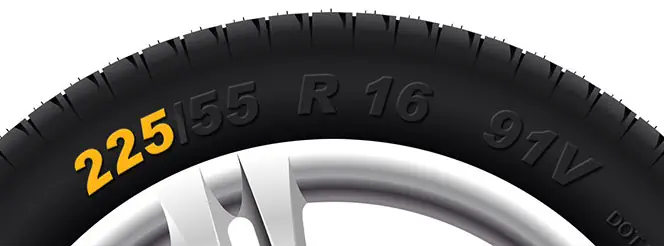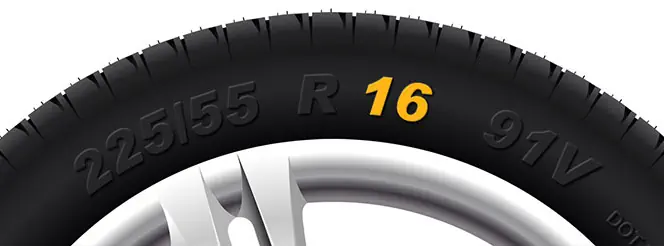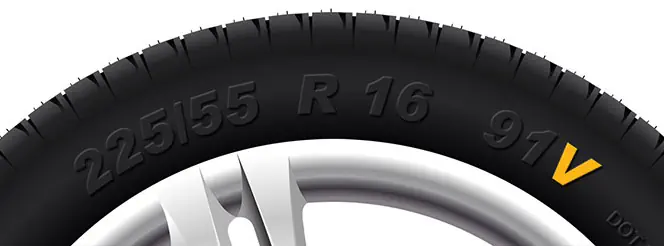Budget or Bodge it?
Kwik Fit | Monday 12th October 2015 11:30am
- Drivers increasingly found to be carrying out their own repairs to save money
- 21 million cars in need of repair over the last 2 years
- Over a third of drivers who carry out their own repairs admit to being worried about the quality of the repairs
New research from Kwik Fit, the UKís leading automotive repair and servicing company, reveals that in the last two years more than four million car owners have had to keep their car off the road because they couldnít afford repairs needed on their vehicle.
With 21 million owners saying they have needed repairs in the last two years, this means that one in five (19%) have been forced to go without their car while they got their finances in order. Half of these motorists (2 million) had to keep their car off the road for a month or longer.
A shortage of money has driven many drivers to make some risky decisions. Over 1.2 million drivers admitted to having driven their car in an unroadworthy condition because they couldnít afford repairs with men twice as likely as women to have done so.
Many drivers carry out repairs themselves, which is obviously not a problem in itself. However, a third of car owners who either carried out a repair themselves or had a friend or relative do it for them say they were concerned about the quality of that repair. In a cautionary tale for second hand car buyers, nearly half a million motorists say that although they were concerned about their DIY repairs they didnít do anything about it as they sold the car soon afterwards.
The study also gave an indication that the policy of prevention being better than cure is as relevant to our cars as it is to our bodies. More than three quarters (77%) of those skipping their carís annual service had to get repairs carried out on their car in the last two years. The equivalent figure for those who maintained their carís annual service record was 56%, suggesting that regular servicing helps keep the need for repairs at bay.
Roger Griggs, communications director at Kwik Fit, says: ďAll cars need repairs at some point, itís the inevitable result of everyday wear and tear. Drivers should therefore try to be realistic about their motoring budget and plan for their costs. We can help in that planning by offering fixed price servicing so car owners know exactly how much their motoring costs will be over the year.
ďMeasures which may appear to be saving money in the short term may turn out to be a false economy. Skipping servicing can lead to problems which may be more expensive to fix at a later date.Ē
Kwik Fit offers interim services from £69.95, with interim service and MOT from £89.95. More information and booking details can be found at www.kwik-fit.com.
For the latest news and updates from Kwik Fit, customers can follow the company on Twitter at @kwik_fit.
- ends -Note to editors
Research carried out by ICM amongst 2,005 UK adults.
About Kwik Fit
Established in 1971, the Kwik Fit Group is one of the largest independent automotive parts, repair and replacement specialists in the world. Kwik Fit has over 600 service centres across the UK and more than 200 mobile tyre fitting vehicles, making it the UKís leading tyre, exhaust, brake and MoT specialist. Details of its range of products and services can be found at kwik-fit.com
For further information please contact:
Leeya Balmforth / Amrit Nijjer
Citigate Dewe Rogerson
Tel: 020 7638 9571








